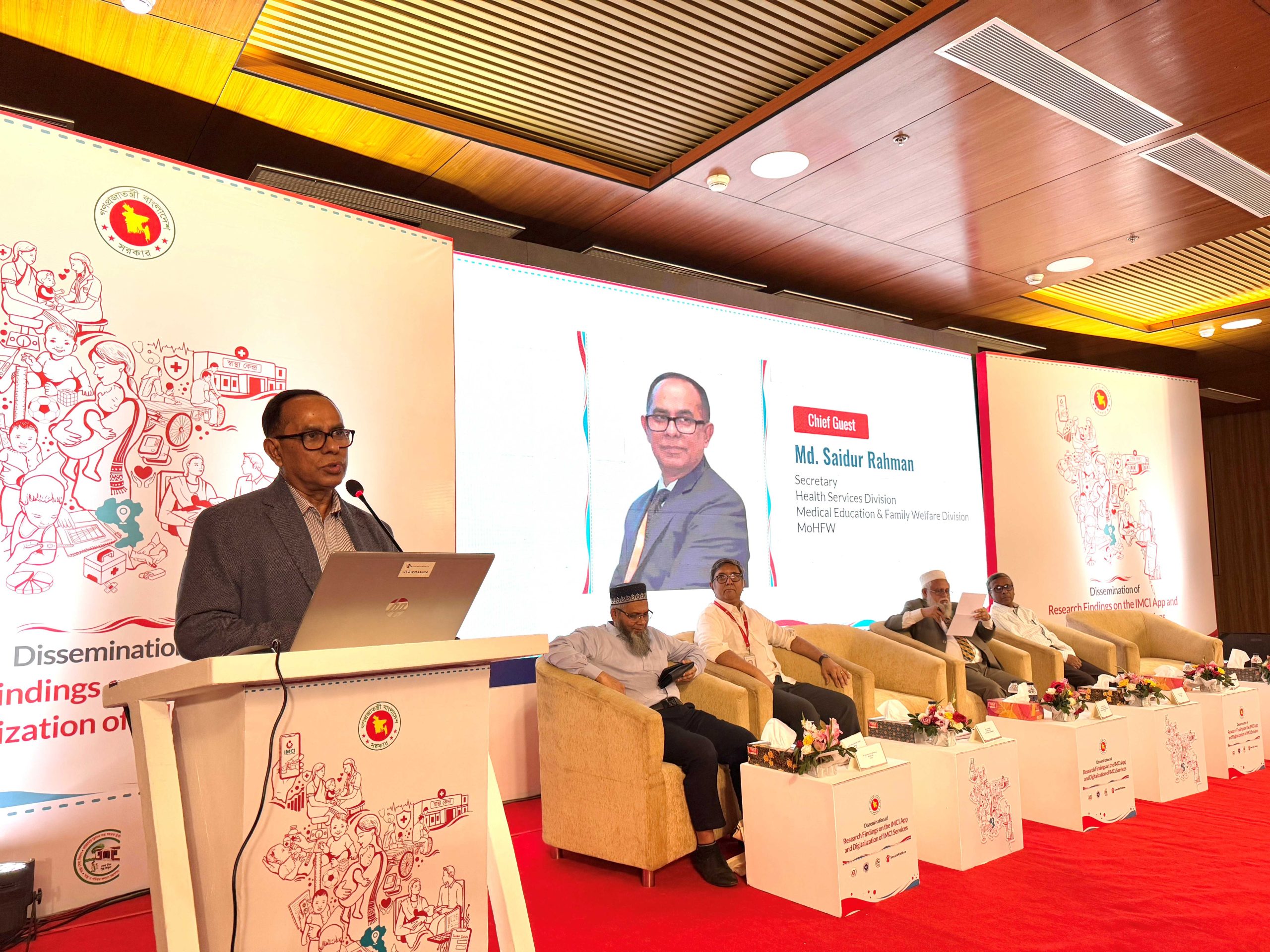To keep up with the trend witnessed in recent years, the size of the national budget for the next financial year (2017-18) will, in all likelihood, be quite big.
The Finance Minister, in the meanwhile, has indicated that the next budget will be worth over Tk 4 trillion. Some news reports have been even more precise about the size, stating it might be around the Tk 4.2 trillion region.
The size of the budget is important, no doubt. However, its implementation carries far more importance. The size of the budget has been growing larger unabatedly and coinciding this, the year-on-year gap in this regard has remarkably widened.
Not many people, however, take note of the gap between the original size of the budgets and their actual execution in recent years. In fact, the gap has been continuously widening. Between 2012-13 and 2016-17, the shortfall in overall budget execution has ranged between 7% and 18%. The chronic deficiency in overall budget execution has always been noticed mainly in the areas pertaining to development agendas. The trimming of the development budget has been more of a ritual than anything else. A lack of capacity in development project implementation among relevant government agencies is largely responsible for this.
Yet the government plans to put in place a national budget for the next fiscal period which will be, at least, 17% larger than the original and 32% larger than the revised budget for the current fiscal year.
The government can well prepare an even larger budget but bankrolling it up to the maximum has always been a problem. In the upcoming financial year, the problem might turn out to be even more complex. A few developments both at home and abroad, at least, point to such a possibility.
The government is likely to set a revenue target of Tk 2.7 trillion for the next fiscal period, a target which represents a 28% increase over that of the revised target for the current fiscal year.
The conventional revenue growth in the country has been 15% to 16%. So, how would the government hit such a big revenue growth target? The finance minister is optimistic as he is preparing to give a ‘big push’ to revenue collection efforts. Of course, his areas of concentration will be income tax and value added tax (VAT).
The National Board of Revenue (NBR) eyes VAT in particular to help mop up substantial revenue in the future since a new VAT law is set to be enforced from July 1st.
However, their hope has been partially dashed following strong opposition from businesses regarding uniform VAT rates on products and services and turnover taxes. Thus, all the arithmetic done by the tax men on the basis of the original version of the new VAT law might not work that much in the end. The revenue generation from this important source of taxation may remain well below the expectation in the upcoming fiscal.
Whatever happens in the revenue front, the government, apparently, is left with no option other than floating a ‘mega’ budget. This is necessary because the government would have to appease the electorates ahead of the next general election. More importantly, the authorities will be required to make substantial expenditures to maintain the pace of economic growth up to their desired level.
Some unpalatable developments on the external front have made the situation a bit difficult for the government. The remittance inflow is one such development that is hurting the domestic consumption level, a problem which can be countered by higher expenditure from the government side. Nevertheless, the government would have to exercise caution since the price situation is already under pressure.
The job of maintaining the growth momentum has become tougher for the government because of virtual stagnancy in private investment in the country. There is always some qualitative difference between public and private sector investment. Employment generation remains a casualty when private investment in real sectors of the economy falters. The public sector investment in development project does generate employment opportunities, but those are generally of temporary nature.
Since the next budget would be an election-oriented one, the government would surely make it quite large but in the event of problems in mobilizing enough resources to finance the same, the government might feel tempted to take recourse to greater deficit financing. It remains to be seen how it uses the available options to finance the budgetary deficit, which is likely to cross the 5% barrier for the first time in a decade during the current fiscal year. Until now, the savings instruments have provided enough resources to the government, notwithstanding the fact that such financing has been quite expensive. The government could well use banking sources to meet the budget deficit even at a much cheaper cost. But until now the use of that source has been well below the potential.
It seems that the next financial year would not be that comfortable because of some domestic and external factors. The shortfall in rice production because of the natural calamity in the Haor areas has already created an unsettling effect on the food price situation. One cannot also be sure about the continuation of the ongoing lull in the political climate ahead of the next general election. On the external front, exports are experiencing lackluster growth with remittance inflows declining steadily. So, the incumbent finance minister is likely to face an uphill task of maintaining the pace of GDP growth and keeping the general population happy ahead of the next general election.















